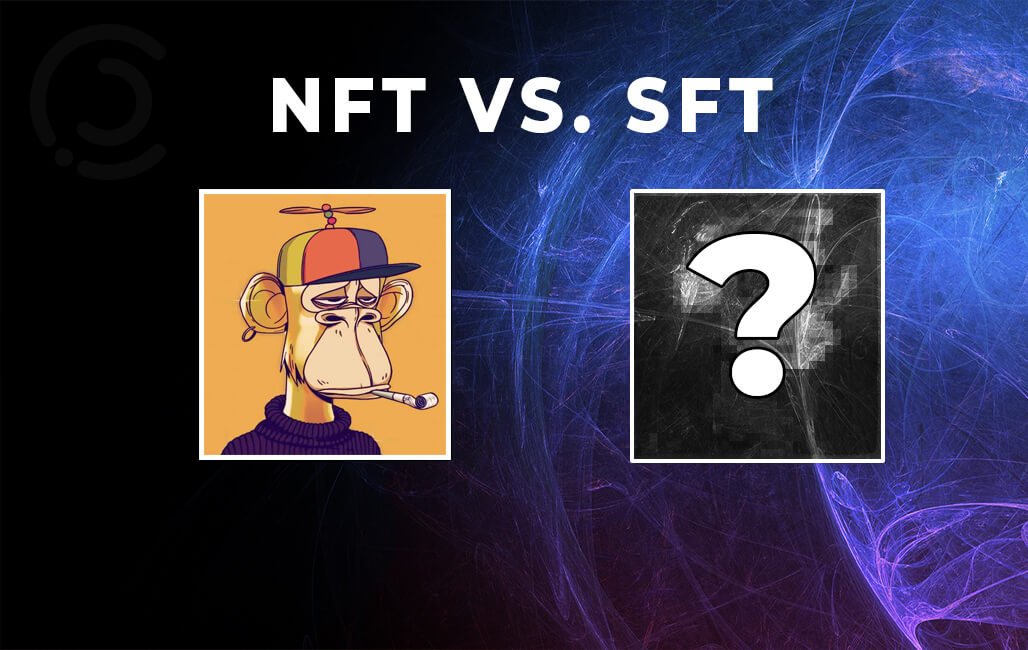What Are NFT?
Have you heard about NFT? They stand for Non-fungible Tokens, and they’re a big deal in the digital world right now. NFT are unique digital items that are stored on a technology called blockchain. Think of them like one-of-a-kind collectibles, except they’re digital. People buy and sell NFT for things like art, virtual real estate, and even collectibles like rare game items. What’s cool is that each NFT is unique, can’t be split up, and its ownership is 100% verifiable.
Common Uses:
- Digital Art and Collectibles: Ever heard of the Bored Ape Yacht Club? Those funky digital monkeys are examples of popular NFT collectibles.
- Digital Certifications: Some universities, like Duke, give out digital certificates that you own as NFT.
- Domains: Want your own cool domain name linked to your crypto wallet? You can own it as an NFT!
Benefits:
- You can prove you actually own something digital.
- NFT are a new way for artists and creators to make money.
- They’re making art and collectibles accessible to more people.
- Smart contracts make owning NFT even easier with automated features.
- The ownership record is transparent for everyone to see.
Challenges:
- NFT use a lot of energy (bad for the environment).
- The market can be risky and unpredictable.
- The legal side of things is still unclear.
- There’s always a chance of fraud or scams.
- There are issues with scaling and working across different platforms.
- It’s hard to say what their long-term value will be.
Also read, How do NFTs function? An Ultimate Guide For Newbies.
What Are SFT?
Semi-Fungible Tokens (SFT) mix elements of both fungible and non-fungible tokens. Confusing? Let’s break it down: while NFT are unique and can’t be divided, SFT are unique but can be split into smaller pieces. It’s like owning a whole pizza (NFT) versus owning a slice of that pizza (SFT). These tokens are especially useful when you want to share ownership with other people.
Key Differences from NFT:
- Divisibility: You can split an SFT into smaller parts, unlike NFT.
- Composability: SFT can combine to create something bigger, like LEGO blocks coming together.
- Uniqueness: Just like NFT, SFT represent rare or special items, but they can also be shared.
Potential Uses:
- Real Estate: Own part of a property without having to buy the whole thing.
- Art and Collectibles: Imagine co-owning a famous piece of art.
- Gaming Assets: Have exclusive items in your favorite games.
- Intellectual Property: Own and share licensing rights.
- Tokenized Stocks: Own a small piece of a company.
- Sustainable Energy: Invest in green energy projects.
- Supply Chain: Track assets through a complex logistics system.
Benefits:
- You can own a part of something rare without needing to buy the whole thing.
- Makes buying and selling easier with more liquidity.
- More people can now own valuable assets thanks to fractional ownership.
- Smart contracts make it all run automatically.
- They work across multiple platforms, making it easier to trade.
Challenges:
- It’s not clear how these will be regulated yet.
- It’s tough to figure out how to price and value SFT.
- It can be hard to agree on how to manage shared ownership.
NFT vs. SFT: What’s the Difference?
NFT and SFT may seem similar, but they serve different purposes. NFT are perfect if you want to own something completely unique—like a piece of digital art. They’re all about exclusive ownership.
SFT, on the other hand, are great for situations where you want to share ownership. Imagine owning a part of a house or co-owning a valuable collectible. SFT are flexible, letting you split ownership and even trade parts of it.
What’s Next for NFT and SFT?
NFT: The future of NFT is looking exciting. We’ll likely see more trends like fractional ownership (where you own a small piece of something), virtual world integration (using NFT in games or virtual spaces), and solutions to make NFT more eco-friendly. Plus, new features like dynamic NFT and better smart contracts for automatic payments (like artist royalties) are on the horizon.
SFT: Expect to see more customizable ownership options and deeper integration with decentralized finance (DeFi). SFT are also likely to get more advanced in the world of gaming, collectibles, and even finance.
Final Thoughts
Both NFT and SFT are changing the way we think about ownership in the digital world. If you’re looking to own something truly unique, NFT are the way to go. But if you want the flexibility of shared ownership, SFT might be the better choice. Understanding the differences will help you make better investment decisions.







